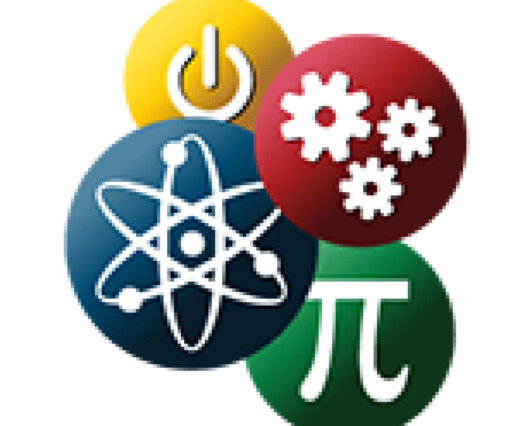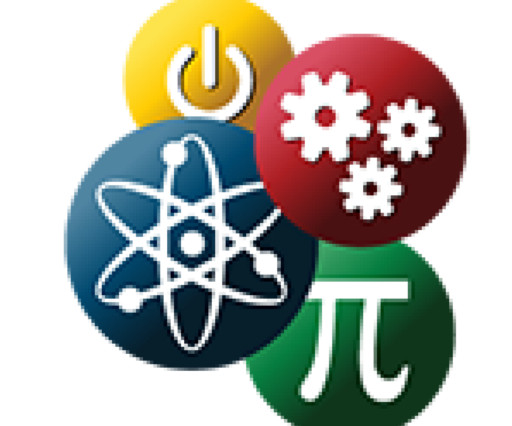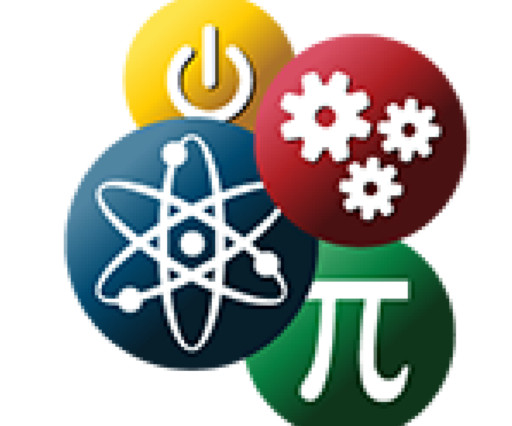St. Patrick's Day STEM Centers
Carly and Adam
FEBRUARY 29, 2024
From constructing pixel art and designing clover creations to building bridges and experimenting with physics through catapults, these activities foster critical thinking, creativity, and collaboration among students. Color Mixing with Primary and Secondary Colors 9. Patricks Day STEM Activities for Kids 1. Graph the Rainbow 8.













Let's personalize your content